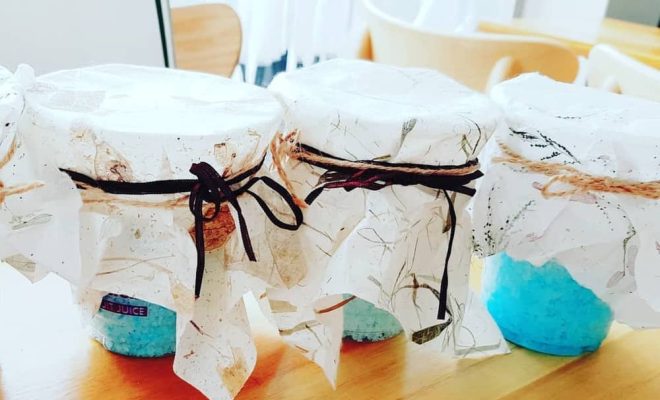3 Ways to Dehumidify a Room

Introduction
Humidity can be a major issue in any indoor space, causing mold growth, damage to furnishings, and discomfort for inhabitants. Dehumidifying a room is essential to maintaining a healthy and pleasant environment. In this article, we will explore three ways to effectively dehumidify a room and reduce humidity levels.
1. Use a Dehumidifier
A dehumidifier is the most efficient way to remove excess moisture from the air. These appliances work by drawing air in, cooling it down to condense the moisture out of it, and then releasing the dried air back into the room. Dehumidifiers come in various sizes and capacities, so you can choose one based on your room size and humidity levels. Here are some tips for using a dehumidifier:
– Place it in the area with the highest humidity levels or in central locations for even dehumidification.
– Keep windows and doors closed while running the dehumidifier to maximize efficiency.
– Clean the filter regularly and empty the collected water as needed.
2. Improve Ventilation
Proper ventilation is crucial for reducing excess moisture in a room. This can be achieved by promoting airflow using fans or opening windows when outdoor conditions are suitable. Consider these options :
– Install exhaust fans in areas prone to high humidity like bathrooms or kitchens.
– Use ceiling or box fans to circulate air throughout the room.
– Open windows on dry days to allow fresh air to enter and promote cross-ventilation.
However, keep in mind that ventilation alone may not be enough if you have significantly high humidity issues.
3. Use Natural Absorbents
Natural absorbents can help reduce humidity by absorbing excess moisture from the air. Some popular options include:
– Silica gel: Commonly used in packaged products to control humidity, silica gel can be purchased in bulk and placed in containers around your room. Dispose of them when they become saturated.
– Charcoal briquettes: Unscented charcoal briquettes can be an effective natural absorbent, absorbing moisture and odors. Place them in a container or wrapped in fabric, and replace them every few months.
– Baking soda: Pour some baking soda into a dish or shallow pan and place it in the affected area. Replace it regularly to maintain its effectiveness.
Conclusion
Dehumidifying a room is crucial for maintaining a healthy and comfortable environment. By employing a combination of dehumidifiers, proper ventilation, and natural absorbents, you can effectively manage humidity levels in your living spaces and protect both your property and the well-being of those who live there.






